This post was written by Mary Elizabeth O’Toole
When you are trying to learn a new habit, or replace an old one, evidence shows us that it takes a minimum of 21 days of consecutive practice. As a former language and music teacher, I know it is more effective to learn these forms of expression with regular daily practice rather than with marathon sessions just before a lesson or performance. Most of us have experienced the same results with physical fitness – regular shorter sessions helps improve strength and stamina while longer or harder workouts once a week (or less) can lead to sore muscles and limited improvement. When we practice often and with smaller focus, we give ourselves a chance to assimilate skills and knowledge, to learn other ways that it could apply, and to expand and combine pieces. On the other hand, when we try to cram everything in for a particular deadline or because of the desire for immediate results, results tend to be more fleeting because they do not have a chance to take hold. There is little opportunity to apply the learning different ways, which is the way to achieve consistency and fluency. In my experience, the latter approach also tends to result in lack of motivation for future sessions and damage to self-esteem arising from lack of progress and /or stick-to-it-iveness.
I am sure that creativity follows similar patterns. Artistic expression offers a way to communicate ideas, release stress and learn. Create daily to open your mind to new ideas, new perspectives and new approaches. By making something every day, you can stretch your creative muscles, expand your repertoire, finish more projects and discover more about yourself and your motivations. The best part is that it doesn’t have to take a lot of time.
Commit to 10- 15 Minutes a Day
If you tell yourself that you will do an hour a day, you will likely find that you do not keep up with the schedule. That means you are setting yourself up to fail, feel guilty, try to compensate with more time the next day, feel overwhelmed, and, ultimately, decide you can’t do it. Instead, commit to be creative for 10-15 minutes a day. If you find you have the time and the creative juices are flowing, you can always do more. More power to you. You will be able to achieve small goals and are more likely to stick with the routine long enough for it to become a habit.
Suggestions that might get you started:
- Write something. You don’t have to aim for the next great bestseller. Keep it simple. Write a letter, a journal entry, a simple poem, a haiku, an essay, or one really good sentence for your blog or your novel or your screen play.
- Squiggle patterns or text or designs. Draw a cartoon on a letter or your white board. Use one pencil or pen that happens to be on your desk or break out your favourite artist pens.
- Do a quick mad-libs exercise. Look around and write 4 words that come to mind to describe what you see. Use the 4 words as inspiration for a nonsense sentence, a picture or a mind map.
- Get up and move. Dance like nobody is watching. Sing a happy song. Play an instrument. It is not necessary to be highly skilled. Feel the music and create your own interpretation.
- Take a picture. Get someone to pose or take a candid. Photograph kids at play, animals in the yard, flowers in your garden, abstract images or your happy place. Share or keep it for yourself.
- Scrapbook. Tell a story with traditional or digital tools
- Quilt, embroider, knit or crochet a small project.
- Sketch or paint a still life, a landscape – or the design for your next creation.
Mix it Up
Keep the creative ideas flowing by embracing variety.
- Think about what activities give you joy and inspiration.
- Vary the specifics of the skill you are developing.
- Collaborate with others or participate in competitions or challenges.
- Change the time of day or the location of your creativity.
- Work alone or with a partner or team.
- Craft alone or with kids or seniors.
- Apply traditional skills like hand sewing or use modern technology like machine embroidery.
- Do something that you do frequently, pick up a something you have long forgotten or try something you have never done.
- Make a small piece of a complex project or something that you can complete in one sitting. Here is a small quilt that I finished in about 30 minutes on a grey day when I felt I needed some colour.
Collect your Creations
Combine your 15 minute projects for a bigger whole. Whether you decide to create a large project or build a skill set, you can
- Want to perfect a skill? Do it for 10 minutes a day. Combine the practice in a large project or a book for reference for ideas. What can you do to develop your desired skill in 10 minutes a day?
- Looking to learn something new? Take a class. Create a series of challenges – or find some on-line or in a book. Search for daily / monthly challenges that suit your style. Join other like-minded people if you want social support or accountability.
- Hoping to finish more of your WIP (Works In Progress)? Select one piece and break it down into steps that take 10-30 minutes. Finish one step at a time. If you have time for a little more, that is a bonus. Pat yourself on the back and choose the next step for another day. Think how much progress you will make to clear your projects – all in 10-15 minutes a day.
Express Yourself
Create daily. It’s good for the mind, it’s good for the soul. What have you got to lose?
Set a timer if you don’t want to go too long. Oh – and go easy on yourself. If you miss a day, let it go and reengage with a creative break the very next day.
How are you inspired to create daily? Please share what gets your creative energy flowing.
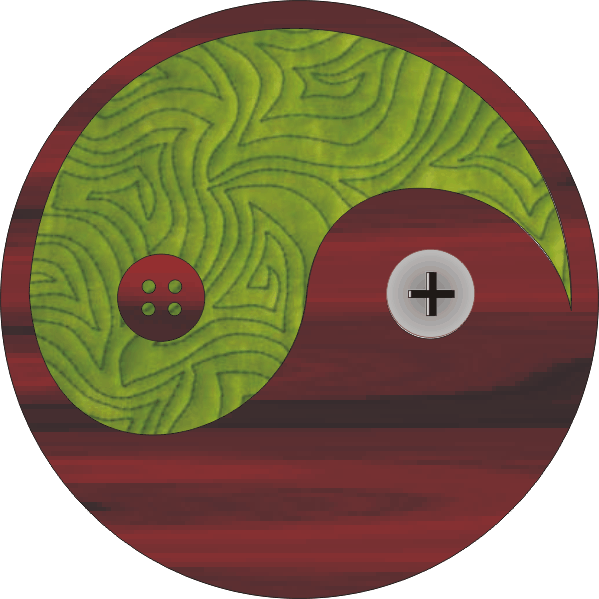
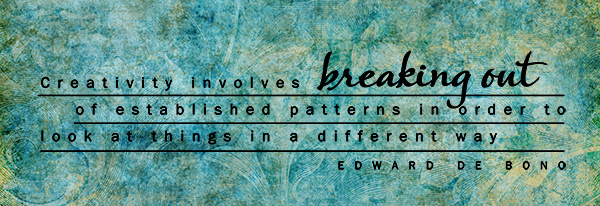
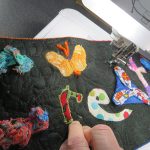
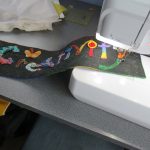
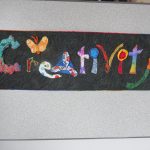
Recent Comments